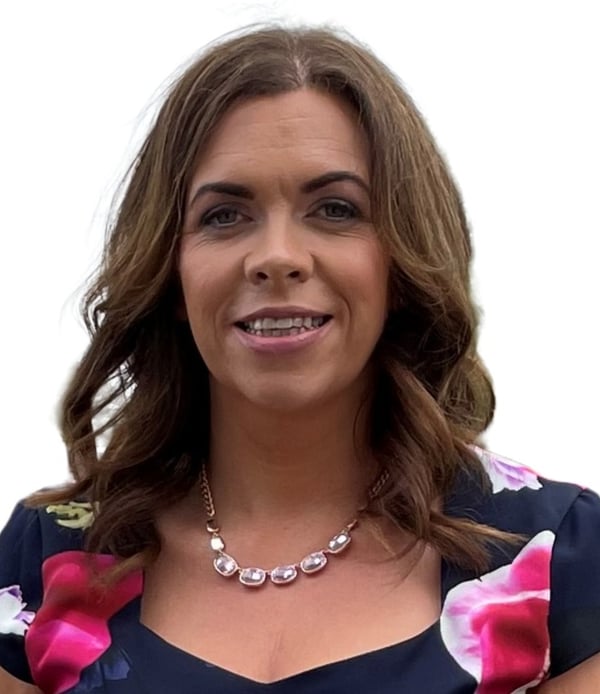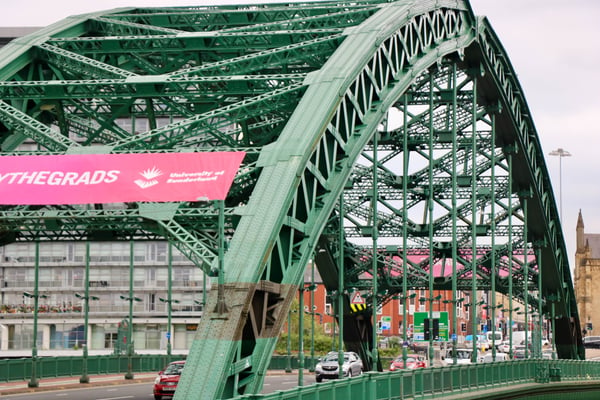How predictive analytics reduced homelessness by 40%
Against a backdrop of rising poverty and homelessness in the UK, Maidstone Borough Council has pioneered a preventative approach to delivering social care using data analytics.
In partnership with EY and Xantura, the council has developed a data and analytics tool called One View that collects data to identify local residents who are at risk of homelessness, allowing caseworkers to step in before those most vulnerable lose their homes.
During the initial pilot year, which took place during the height of the Covid-19 crisis, 100 households were prevented from becoming homeless and the overall rate of homelessness in Maidstone fell by 40%; this was at a time when people’s lives, health and finances were being severely disrupted by the pandemic.
The information available through One View enabled other benefits: the council generated £2.5 million in societal savings, the time spent on administrative tasks was reduced by 61 days and over 15 different data files were consolidated - providing a more comprehensive overview of residents while driving interagency collaboration.
For all the hard work and money dedicated to ending homelessness, a sustainable solution to the problem has long since “evaded” government, says Andrea Danes, Global Human Services Leader at EY, who works closely with the Maidstone team on the homelessness project.
Part of the problem, she explains, is the labyrinth UK social service; “a system that is stuck in the 1980’s where people are still being asked to fax information and many of the processes still require an in-person engagement.”
If you are in a moment of life crisis and being tasked with navigating the social system in such a manual way, you can very quickly see how people fall out of the realm of benefit they're eligible for.
Danes, who has over 30 years of experience delivering program and technology strategy development across government agencies, believes technology and data has a significant role to play in actively preventing homelessness.
She points to the Maidstone model to illustrate how better use of data, specifically the insights it provides, along with predictive modelling and analytics, can remove obstacles relating to technology and application processes. It can transform how local governments - many of which are operating under significant financial constraints - deliver social care.
“This needs to become the standard way we think about homelessness and housing; getting ahead of it and being preventative,” Danes says.
Predictive analytics and natural language processing
The challenge that many local governments face is that they are only aware of a vulnerable person becoming homeless until after the fact. At this point, that person has already passed the point of crisis, and it is too late to explore solutions that may have prevented the situation arising.
OneView’s predictive analytic and natural language processing capabilities enables agencies in Maidstone to identify residents at risk of losing their homes and engage sooner. To do this, the tool brings together historically disconnected data sets within the council to provide early warning signs of those at risk of homelessness, such as missed utility payments or housing assistance.
“This model allows us to see not only who is at risk, but to take action to prevent them from slipping further into crisis. It is the power of using data about people for people, and that is something we don't do nearly enough of in government,” Danes says.
Oneview also tracks results over time, allowing Maidstone to assess the effectiveness of different interventions and adapt accordingly.
During the pilot year, over 650 alerts were generated. Those who were identified as highest risk were provided with an early intervention service - of those, only 0.4% became homeless. Those who presented with lower risk factors went through the process that they normally would have gone through – of those, 40% become homeless.
Public sensitivities around data
Governments are in the unique position of being able to utilise existing data that private organisations and non-profits cannot, and share this information with the right service providers to facilitate accurate, real-time decision making. However, delivering on this means navigating public sensitivities around the use of data.
To tackle the issue, OneView was designed to pseudonymise and protect all personal data. If an individual is triggered on the system, their information is kept private and only the case worker assigned to that person has access to it.
“Getting people comfortable with the idea of sharing data is the biggest challenge we face with a project like this. We had to spend a lot of time talking about the purpose of this data integration, and the fact that it's actually for the benefit of the individual,” Danes explains.
“Government has not yet embraced the idea that individuals can actually make decisions about how they want their data used for their own benefit. But we see this project as an important step in furthering that idea.”
People first
As with any data approach, it requires staff buy-in to be successful and sustainable. For this reason, the OneView platform was designed with a focus on the staff that would be interacting with it. Having a clearly defined purpose for the project was also an important factor; this was shared and communicated across the organisation from the very outset.
According to Danes, data alone does not provide a sustainable solution to homelessness. “We can have the best data possible, but if we don't change how we interact with individuals and families, then nothing really changes. I've been involved in many initiatives where government has tried to aggregate data - they've built huge data warehouses and big data lakes - but what we continue to find is that not a lot of change amounts as a result of that aggregation of data.”
This is why EY worked with Maidstone to update its entire service delivery model. According to Danes: “this meant retraining frontline caseworkers to interact with vulnerable families and individuals differently when they offer assistance now that they are seeing that bigger picture.
Looking ahead, there are plans for Maidstone to integrate its system with wider Kent, with the view to creating a more holistic understanding of those at risk of homelessness in the wider area.






